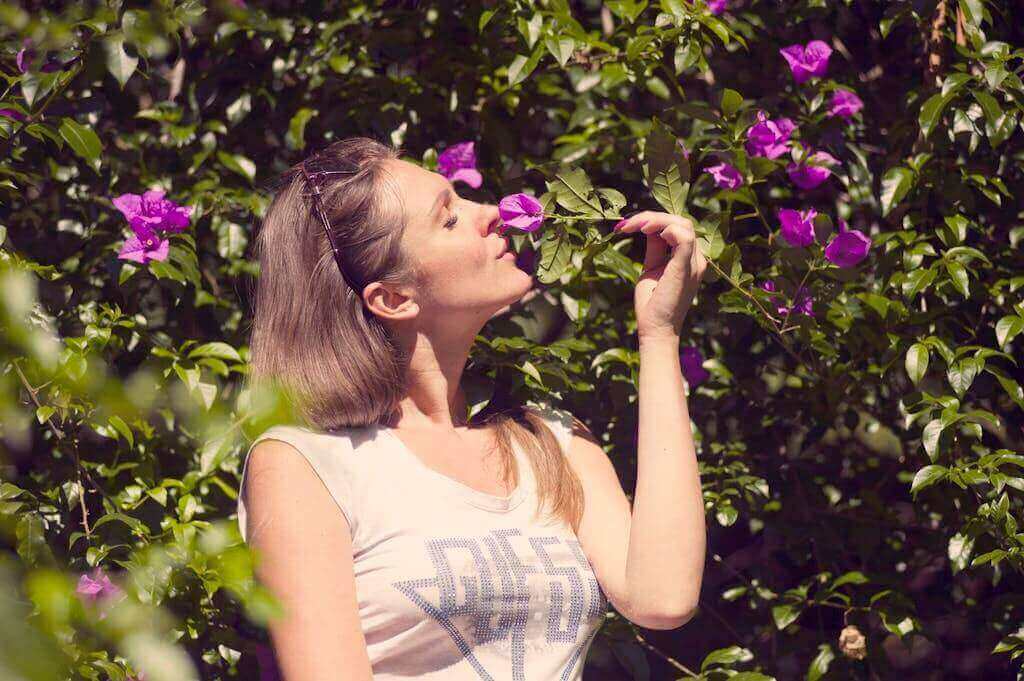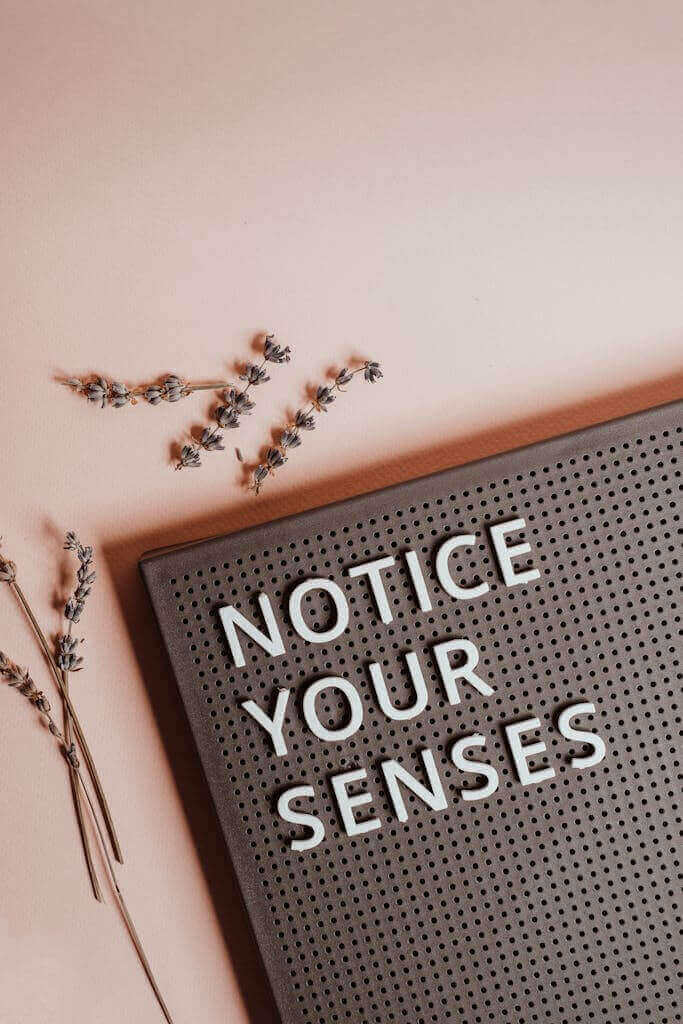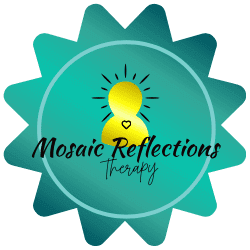Finding Your Balance: Essential Grounding and Centering Techniques
Mosaic Reflections Therapy strives to guide people through the complexities of life with effective grounding and centering techniques. In today’s fast-paced world, most people are constantly bombarded with stimuli. This can lead to feelings of disorientation and stress. It is crucial to discover practices that create a sense of stability and calmness within oneself. Let’s explore essential strategies that can help in finding your balance and anchoring your presence in the here and now.

Understanding Grounding and Centering
Grounding and centering are two important therapeutic concepts that have found widespread use in complementary and alternative medicine approaches, such as mindfulness-based interventions and yoga. These techniques are aimed at helping individuals to reconnect with the present moment and to reduce the impact of negative or distressing thoughts and emotions on their overall wellbeing.
Grounding techniques typically involve bringing attention to the physical environment or the body in order to shift focus away from unhelpful thoughts or emotions. For example, one might focus on the feel of the ground beneath their feet, the sensation of their breath moving in and out of their body, or the sound of the birds outside. By bringing attention to the present moment in this way, grounding techniques can help individuals to feel more anchored and less overwhelmed by their thoughts or emotions.
Centering involves calming the mind and aligning one’s inner self to achieve a sense of balance and inner peace. This can be achieved through a range of techniques, such as meditation, visualization, or breathing exercises. By practicing centering techniques regularly, individuals can learn to regulate their emotions more effectively and to cultivate a greater sense of inner resilience.
Grounding and centering techniques are powerful tools for anyone seeking to improve their emotional wellbeing and to develop greater self-awareness and inner peace. By incorporating these techniques into their daily routine, individuals can learn to manage their thoughts and emotions more effectively and to live a more balanced and fulfilling life.
Practical Techniques for Daily Life
Deep Breathing Exercises

One of the most accessible and powerful methods of grounding and centering is deep breathing. The act of taking slow, intentional breaths can dramatically reduce tension and promote a feeling of calm. Websites like Healthline offer guidance on various breathing techniques suitable for different situations. Here are some examples of breathing techniques to try:
- Diaphragmatic Breathing (or Belly Breathing): Sit or lie down in a comfortable position. Place one hand on your chest and the other on your abdomen. Inhale deeply through your nose, allowing your abdomen to rise as you fill your lungs with air. Exhale slowly through your mouth, feeling your abdomen fall. Focus on breathing deeply into your belly rather than your chest. Repeat for several breaths.
- 4-7-8 Breathing: Inhale deeply through your nose for a count of 4 seconds. Hold your breath for a count of 7 seconds. Exhale slowly through your mouth for a count of 8 seconds. This technique can help promote relaxation and reduce anxiety.
- Box Breathing (or Square Breathing): Inhale deeply through your nose for a count of 4 seconds. Hold your breath for 4 seconds. Exhale slowly through your mouth for 4 seconds. Hold your breath for another 4 seconds. Repeat the cycle several times.
- Alternate Nostril Breathing (Nadi Shodhana): Sit comfortably with your spine straight. Use your right thumb to close your right nostril and inhale deeply through your left nostril. Close your left nostril with your right ring finger and exhale through your right nostril. Inhale through your right nostril, then close it with your right thumb and exhale through your left nostril. Continue alternating nostrils for several breaths.
- Mindful Breathing: Sit quietly and observe your breath without trying to control it. Notice the sensation of the breath as it enters and leaves your body. If your mind wanders, gently bring your focus back to your breath. This practice can help cultivate mindfulness and present moment awareness.
Experiment with these deep breathing techniques to find the ones that work best for you. You may notice each technique will make your body feel a different way. Go with what feels right. Incorporating deep breathing into your daily routine can help promote a sense of calm and well-being.
Mindfulness and Meditation
Mindfulness is a mental practice that involves focusing one’s attention on the present moment while maintaining an open, non-judgmental mindset. It can help individuals develop greater self-awareness and emotional regulation, which can lead to improved well-being.
Meditation is a technique used to cultivate mindfulness and involves training the mind to focus on a single point of reference, such as the breath, while letting go of distractions. Regular meditation practice has been shown to have a variety of mental and physical health benefits. These include reduced stress and anxiety, improved focus and concentration, and increased feelings of calm and relaxation. The Mindful magazine is a great resource for learning how to incorporate mindfulness into everyday life.

Mindfulness Practices:
- Mindful Breathing: Sit quietly and focus your attention on your breath. Notice the sensation of each inhale and exhale without trying to control your breathing. Whenever your mind wanders, gently bring your focus back to your breath.
- Body Scan: Lie down or sit comfortably and bring awareness to different parts of your body. Start from your toes and gradually move upward to your head. Notice any sensations, tension, or relaxation in each body part as you scan through.
- Mindful Eating: Engage in eating a meal or snack mindfully by paying attention to the colors, textures, flavors, and smells of the food. Chew slowly and savor each bite, noticing the sensations of eating without distractions.
- Walking Meditation: Take a slow, mindful walk, paying attention to each step and the sensations in your feet as they make contact with the ground. Notice the sights, sounds, and smells around you as you move mindfully.
Types of Meditation:
- Focused Attention Meditation: Focus your attention on a specific object, such as your breath, a mantra, or a candle flame. Whenever your mind wanders, gently redirect your focus back to the chosen object of meditation.
- Loving-Kindness Meditation (Metta): Cultivate feelings of love, compassion, and goodwill toward yourself and others. Repeat phrases such as “May I be happy, may I be healthy, may I be safe, may I live with ease.” Extend these wishes to yourself, loved ones, acquaintances, and even difficult individuals.
- Transcendental Meditation (TM): Use a specific mantra or sound to help quiet the mind and enter a state of deep relaxation and inner peace. This technique involves sitting comfortably with closed eyes and silently repeating the mantra for about 15-20 minutes.
- Visualization Meditation: Visualize a peaceful scene or imagine yourself achieving a goal or overcoming a challenge. Engage your senses by imagining the sights, sounds, smells, and sensations associated with your visualization.
Physical Exercise and Nature Connection
Physical activity, especially when done in nature, can serve as a powerful grounding technique. The combination of movement and environmental stimuli helps redirect one’s attention and fosters a deeper connection with the physical world. According to a study featured on PubMed Central, even brief walks in nature can improve mental health.

Engaging the Senses
Engaging the five senses for a grounding practice is an effective way to bring awareness to the present moment and create a sense of calm. Here’s how you can incorporate each sense into a grounding exercise:
- Sight:
- Look around your environment and identify five things you can see. Notice the colors, shapes, and textures of these objects.
- Take a moment to appreciate the details of each object, focusing on them one by one.
- You can also close your eyes and visualize a peaceful scene or imagine yourself in a safe and serene place.
- Hearing:
- Close your eyes and pay attention to the sounds around you. Notice both the external sounds, such as traffic or birds chirping, and internal sounds, such as your breathing or heartbeat.
- Focus on the rhythm and quality of each sound without judgment. Allow them to come and go, like waves washing over you.
- You can also listen to calming music, nature sounds, or a guided meditation to enhance the grounding experience.
- Touch:
- Bring awareness to the sensations of touch in your body. Notice the feeling of your feet on the ground, the texture of your clothing against your skin, or the warmth of the sunlight on your face.
- Take a few deep breaths and intentionally feel the sensation of the air entering and leaving your nostrils.
- You can also engage in a simple self-massage by gently rubbing your hands together or massaging your arms, neck, and shoulders.
- Taste:
- Take a moment to notice any tastes lingering in your mouth from your last meal or drink. Pay attention to the flavors and textures present.
- If you have a snack or beverage nearby, take a mindful bite or sip, focusing on the taste, temperature, and texture of the food or drink.
- You can also chew a piece of gum or suck on a mint to engage your sense of taste and promote mindfulness.
- Smell:
- Inhale deeply through your nose and notice any scents in your environment. Pay attention to both pleasant and unpleasant smells without judgment.
- Take a moment to appreciate the natural aromas around you, such as flowers, trees, or freshly cut grass.
- You can also use essential oils, candles, or incense to create a calming scent in your space and enhance the grounding practice.

By engaging each of the five senses in this way, you can bring your attention fully to the present moment, promote relaxation, and cultivate a sense of inner peace and stability. Grounding exercises like this can be helpful during times of stress, anxiety, or overwhelm.
Creating a Personalized Grounding Routine
It is important for busy individuals to create a grounding routine that resonates with their preferences and lifestyles. This could involve setting aside time each day for a specific grounding activity or having a set of quick techniques ready for stressful situations. Experimentation will uncover what works best for each individual.
Concluding Thoughts
Grounding and centering are invaluable skills for managing stress and maintaining mental well-being. Mosaic Reflections Therapy is committed to supporting young individuals in mastering these techniques. With guidance from professionals like Eleena Hardzinski, LMFT, everyone of all ages can learn to implement these strategies effectively, leading to healthier, more balanced lives. Reach out for a free consultation to explore how Mosaic Reflections Therapy services can benefit you or your loved ones.







